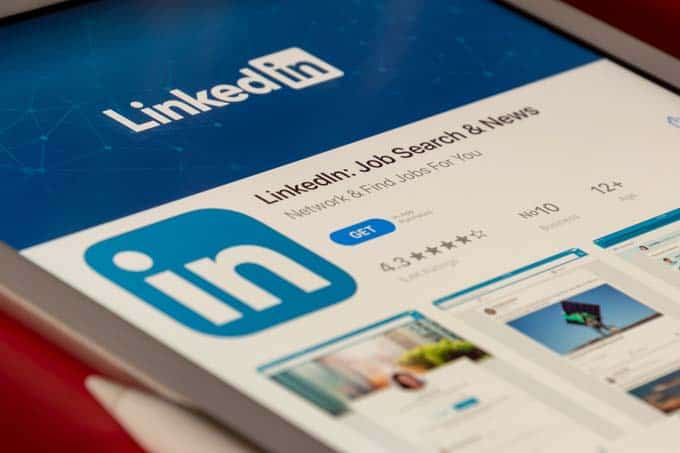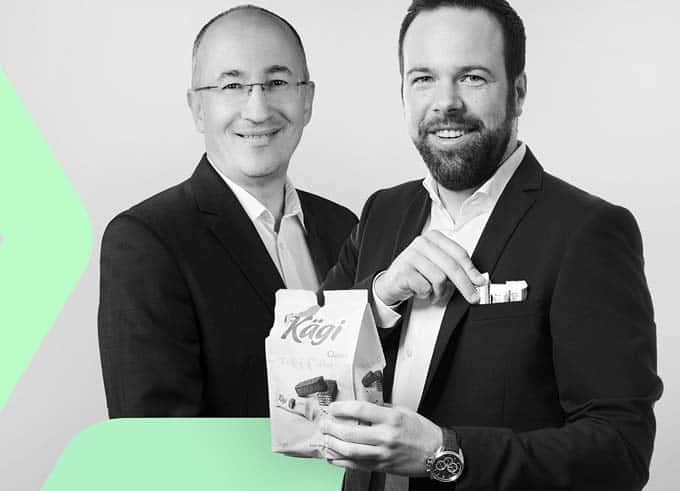Innovation project for Swiss Army: Ruag relies on CSA Engineering
CSA Engineering, a company specializing in embedded software and hardware development as well as customer-specific applications, is working together with RUAG on an innovation project for the Swiss Army. The project involves a proof of concept for data aggregation for predictive maintenance.

As part of Ruag's Innovation Accelerator program, CSA Engineering is one of five start-ups and small companies that are supporting the technology group as a partner in an innovation project within the "Digitization of the Armed Forces" initiative. In the current innovation project, the feasibility of data aggregation by means of system-independent, secured sensors for predictive maintenance ("Predictive Maintenance") was demonstrated on the Infantry Fighting Vehicle 2000. In the next step of the project, the concept will be validated and the focus will be placed in particular on the evaluation of the data using AI algorithms.
Data-based maintenance concepts
Modern maintenance concepts identify optimized maintenance times based on sensor data and digital analytics. This requires meaningful data on the system status and system usage. This data is aggregated with a sensor module and forwarded in a secure manner for further evaluation. Optimized, plannable maintenance results in increased system availability. This can be achieved by means of analytics-based maintenance approaches using
statistical methods or AI. CSA Engineering has developed a new module for this purpose, with which meaningful data can be collected with selected sensors, temporarily stored and securely read out at predefined positions via a wireless connection.
Innovation project: Ideas for the safety of tomorrow
Ruag offers selected start-ups and small companies an innovation platform with a strong academic link, technical know-how and established business network in the newly created RIO (Ruag Innovation Organization) unit. Together, innovative ideas are developed to enhance Switzerland's security. By involving start-ups and small businesses in selected initiatives, the company succeeds in bringing innovations to market faster and securing critical technologies for the long term. Partners of the innovation platform benefit from the infrastructure and know-how. In a protected environment with a safe working environment, partners jointly develop new value propositions and innovations. In addition, the
innovation partners can draw on RUAG's development and production infrastructure - including implementation and professional support from experts.
Source: www.csa.ch


















